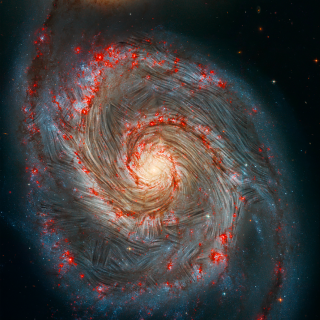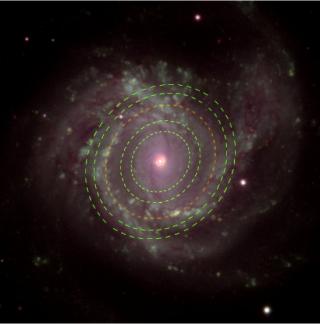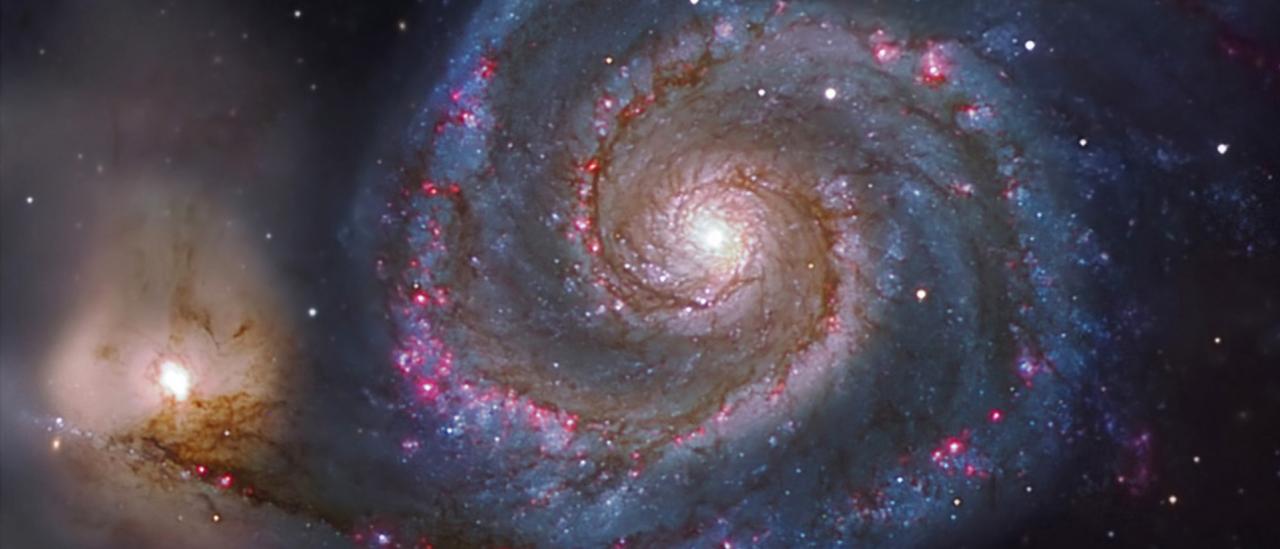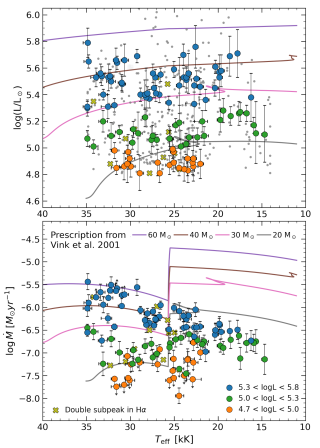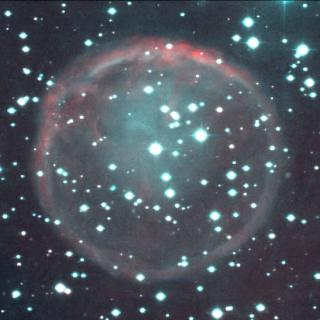An international research team, with participation by the Instituto de Astrofísica de Canarias (IAC) shows that the satellite galaxy NGC 5195 has passed twice through the disc of the Whirlpool Galaxy (M51), in relatively recent times, stimulating star formation, and defining the structure of its arms. The research is published in the prestigious The Astrophysical Journal.
The Whirlpool Galaxy M51, is a ”grand design” spiral galaxy: its spiral form is dominated by two well defined arms. Discovered by Charled Messier in 1771 M51 lies some 31 million light years from Earth, As it is face-on, and relatively near, it has been an object of continuous study since its discovery. It is also noted for its small companion galaxy, NGC 5195, visible close to the end of one of its arms.
The arms of spiral galaxies such as M51 contain massive, young, hot stars, formed from the interstellar gas by the compression of the rotating spiral density waves in the galaxy disc. These density waves are similar to the stationary waves in musical instruments, but rotate around the axis of the spinning galaxy. Their presence explains how the arms can form, and keep their shapes during long periods of the galaxy’s lifetime.
Certain previous theoretical studies showed that the spiral structure of M51 with its two well defined and quite symmetrical spiral arms could be due to the influence of its neighbour NGC 5195. The interaction between them could trigger the formation of these arms, and mould their structure.
Observational confirmation of a prediction
In 2010 a research group at the University of Exeter published a theoretical paper in which they predicted that NGC 5195 had passed through the disc of M51, and suggested that there might have been a second encounter, which would have produced kinks in each of the two arms. Now research by an international group in which the IAC has taken part, along with the National Astronomical Observatory (OAN), and other institutions in Chile, France, and the United Kingdom, has made a striking confirmation of these predictions, based on precise observations of M51 in different wavebands and with several telescopes, in space and on the ground.
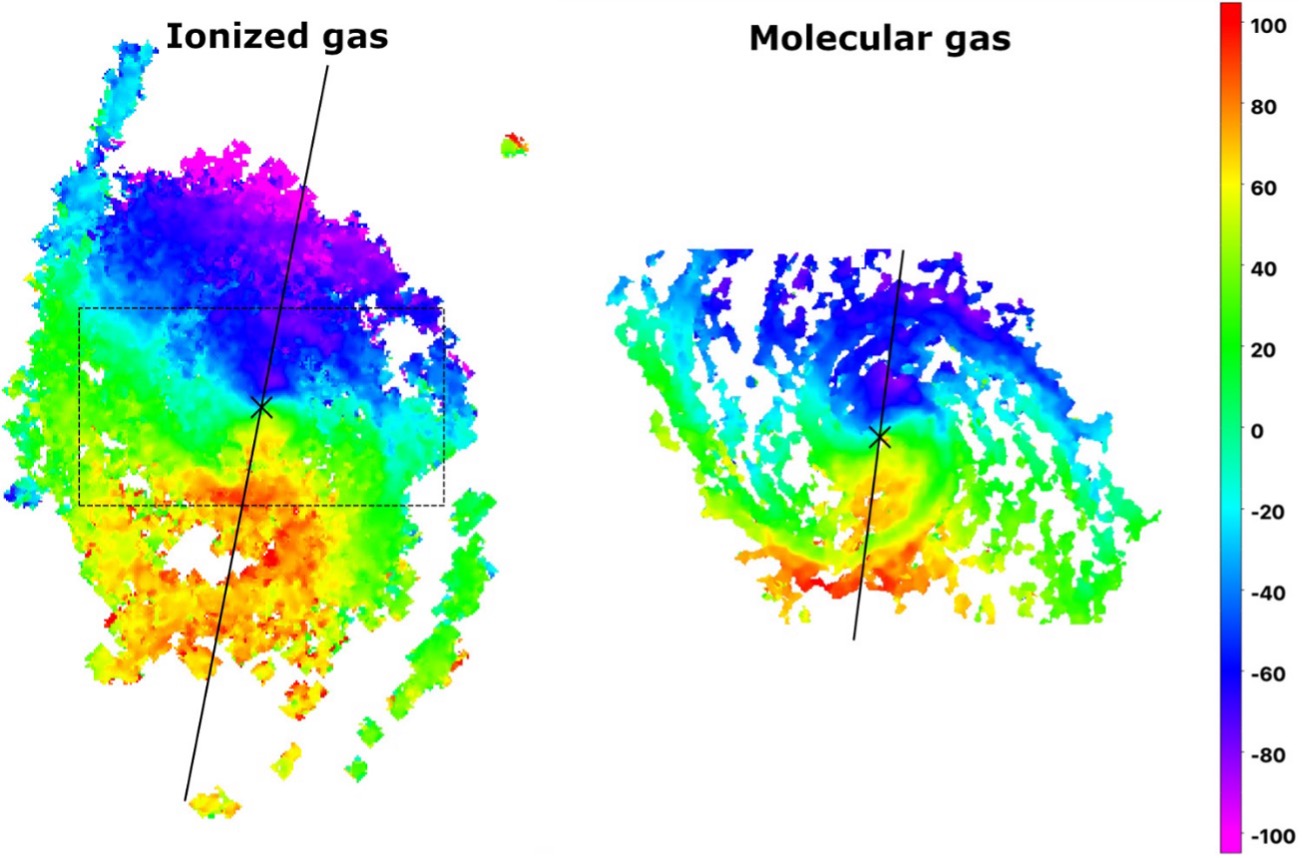
“Our work shows very clearly that the first passage of NGC 5195 produced the two-armed structure of M51, affecting more strongly the inner part of the disc and the southern arm, while the second passage gave rise to the kinks in the arms, with a greater effect on the outer part of the disc and on the northern arm” explains Joan Font, former postdoc at the IAC, and now on the staff of the Gemini South Observatory in Chile, the first author of the article.
The results also confirm the power of the techniques used, (both theoretical, and observational) which can be applied to understand the dynamical evolutionary history of spiral galaxies. “It is remarkable that simulations as complex as those published over ten years ago by Clare Dobbs and her group have been able to predict so well the highly detailed observations which we have obtained much more recently” says John Beckman, an IAC researcher and co-author of the article.
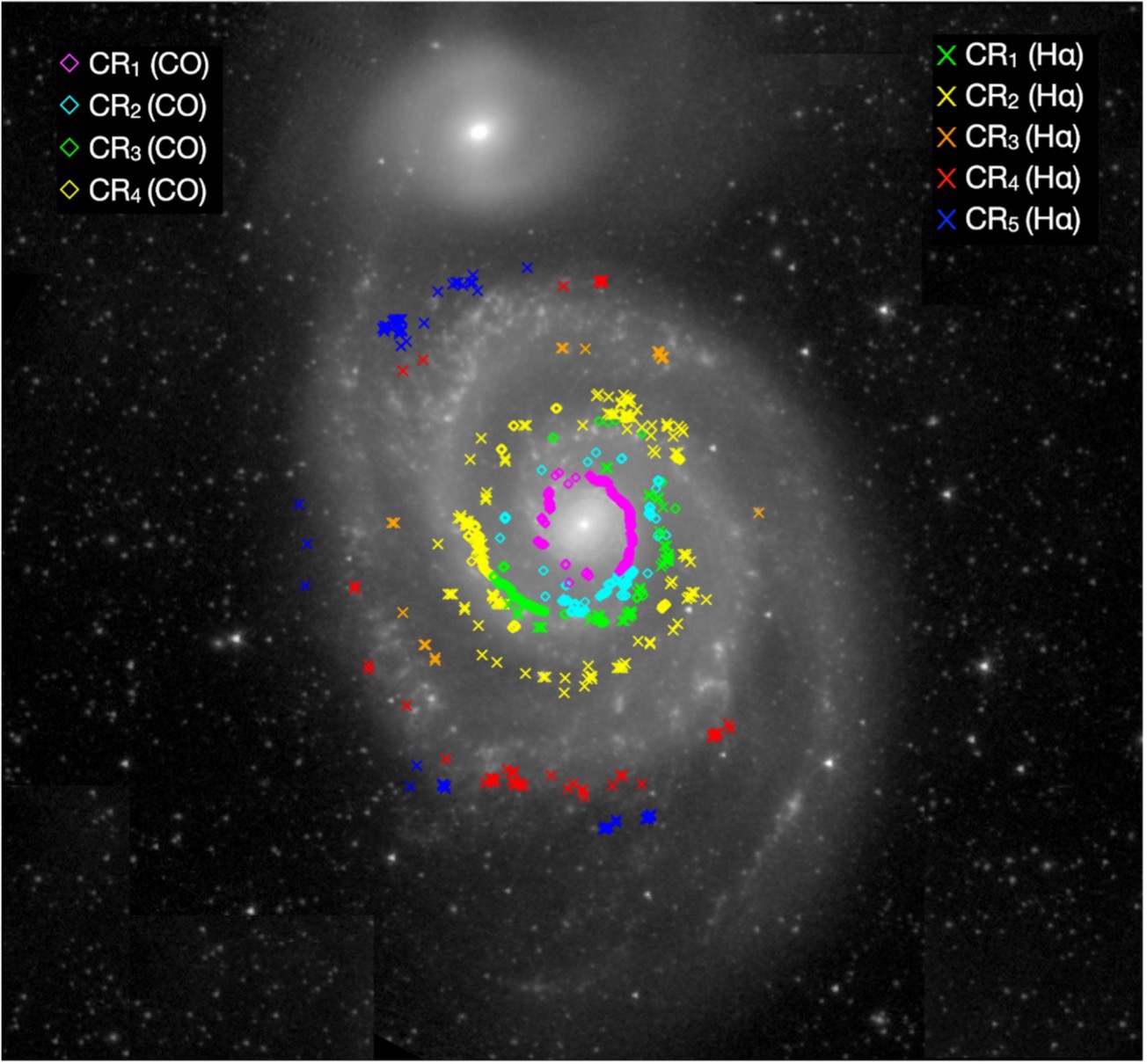
In the study, the authors have used infrared images from the data archive of the Spitzer Space Telescope because they reveal the structure of the arms, avoiding the distorting effects of interstellar dust. The velocity has been analyzed in two dimensions using optical emission by hydrogen (H-alpha) in the zones of ionized gas in the regions of star formation, using a Fabry-Perot interferometer at the Mont Mégantic Observatory in Canada, and in millimetre wave emission from the CO molecule, emitted in the regions of cooler gas, with the NOEMA radio interferometer in France.
The research group is currently extending its work to obtain velocity maps of galaxies using the high resolution of the ALMA interferometer in Chile.
Article: Joan Font, John E. Beckman, Benoît Epinat, Claire L. Dobbs, Miguel Querejeta. “Observations of the grand design galaxy M51: A case study for analysing the distribution of resonances within the spiral structure”. The Astrophysical Journal, 2014, Volume 966, Number 1. DOI: 10.3847/1538-4357/ad3541
Contacts:
John Beckman (IAC), jeb [at] iac.es (jeb[at]iac[dot]es)
Joan Font (Gemini Sur, Chile), joan.font [at] noirlab.edu (joan[dot]font[at]noirlab[dot]edu)
